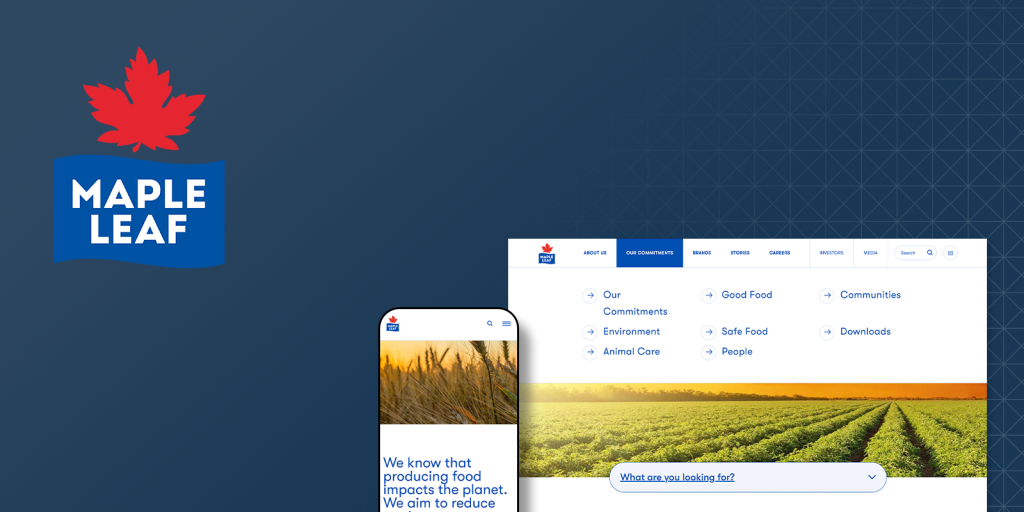AI This Week: Landmark Announcements from Google and OpenAI
In this edition of “AI This Week,” we focus on the landmark advancements from Google and OpenAI, whose latest releases redefine artificial intelligence standards. Typically, our updates cover a broad spectrum of AI news, but the significant developments from these industry heavyweights demand an exclusive look. With Google’s unveiling of multiple AI improvements at Google I/O 2024 and OpenAI’s introduction of the transformative GPT-4o model, these breakthroughs might profoundly impact how we utilize AI in our everyday activities and professional processes. Dive in with us as we unpack these pioneering advancements that are forging the future of AI.
Google I/O 2024 Unveils Major AI Innovations
Google’s annual developer conference, Google I/O 2024, showcased cutting-edge AI developments that promise to influence various sectors. Here are some of the key highlights:

Web Search Filter: Google introduced a new “Web” filter at the top of the search results page, allowing users to filter exclusively for text-based links. This move acknowledges the importance of direct web page access amidst the rise of rich content formats like images and videos.
Firebase Genkit: A new addition to Google’s Firebase platform, Firebase Genkit, aims to simplify the integration of AI into applications developed using JavaScript/TypeScript. This open-source framework facilitates AI-powered features such as content generation, summarization, text translation, and image generation.
Generative AI for Learning – Google LearnLM: In collaboration with DeepMind, Google unveiled LearnLM, a new family of generative AI models tailored for educational purposes. These models are designed to assist in lesson planning and content discovery across Google’s educational platforms, including a pilot program in Google Classroom.
AI-Driven Educational Tools on YouTube: YouTube will introduce AI-generated quizzes and interactive tools in educational videos, allowing users to engage more deeply with content through questions and summaries.
Gemma 2 Enhancements: Google announced an expansion of its Gemma model, introducing a 27-billion-parameter model optimized for efficiency on modern processing units. This model will enhance developers’ capabilities using Google’s AI technology.
AI Integration Across Google Services: The Gemini AI model is being integrated more deeply across Google services, including Gmail, Google Messages, and Google Maps, facilitating a more seamless AI-driven user experience.
Google Imagen 3 and Project IDX: The introduction of Imagen 3 marks a significant advancement in Google’s image generation technology, offering enhanced precision and creativity in transforming text prompts into visually rich images. Furthermore, the debut of Project IDX will transform browser-based AI development, bringing new integrations and tools that streamline the creation of AI-enhanced web applications.
Gemini 1.5 Pro: Google also previewed an upgrade to its flagship generative AI model, Gemini 1.5 Pro. The new version can process up to 2 million tokens, doubling its previous capacity. This enhancement makes it the most robust model available commercially, allowing for more extensive analysis of documents, codebases, videos, and audio recordings.
OpenAI Introduces GPT-4o: A Multimodal Leap Forward
OpenAI has unveiled its latest innovation, GPT-4o (“o” stands for “omni”), marking a significant leap forward in AI capabilities. This new model is designed for seamless real-time interaction across multiple modalities, including text, audio, images, and video, providing a more natural and intuitive user experience.

Key Features of GPT-4o
Multimodal Interaction: GPT-4o can handle inputs and generate outputs across text, audio, and visual data, supporting real-time responses with an average latency similar to human conversation times—about 320 milliseconds.
Enhanced Language and Code Performance: The model continues to excel in text and code tasks in English, matching the performance of its predecessor, GPT-4 Turbo, and shows substantial improvements in non-English language processing.
Vision and Audio Advancements: GPT-4o significantly betters its predecessors in understanding and interpreting visual and audio data, making it particularly adept at tasks that require a nuanced grasp of multimedia content.
Innovative Applications Demonstrated
Interactive Learning and Communication: The demonstrations include two GPT-4os engaging in complex interactions, such as singing harmonies, conducting interview preparations, and playing games like Rock Paper Scissors.
Educational Enhancements: The model can assist in learning new languages through interactive applications and supports dynamic educational experiences, such as real-time translation and mathematics tutoring.
Accessibility and Customer Service: In a notable application, GPT-4o was shown assisting visually impaired users through the BeMyEyes service, offering potential enhancements in accessibility technologies.
Technical Improvements and Efficiency
OpenAI has streamlined the underlying architecture by integrating a unified model that manages all input and output modalities, reducing the complexity and latency involved in processing. This model is also 50% more cost-effective than previous versions when accessed via the API.
The development of GPT-4o also included enhancements in language tokenization, which now requires significantly fewer tokens across various languages, improving both efficiency and speed.
Keep ahead of the curve – join our community today!
These innovations are setting new benchmarks in the field, demonstrating AI’s vast potential to enhance our lives. Stay tuned as we continue to bring you the latest in AI evolution.







